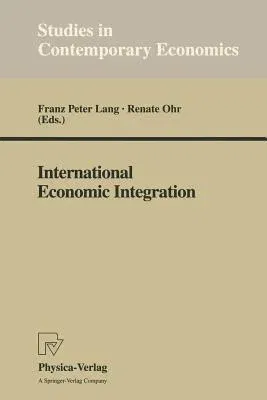International Economic Integration (Softcover Reprint of the Original 1st 1995)Paperback - Softcover Reprint of the Original 1st 1995, 29 May 1995

Qty
1
Turbo
Ships in 2 - 3 days
In Stock
Free Delivery
Cash on Delivery
15 Days
Free Returns
Secure Checkout
Part of Series
Studies in Contemporary Economics
Print Length
265 pages
Language
English
Publisher
Physica-Verlag
Date Published
29 May 1995
ISBN-10
379080861X
ISBN-13
9783790808612
Description
Product Details
Book Edition:
Softcover Reprint of the Original 1st 1995
Book Format:
Paperback
Country of Origin:
US
Date Published:
29 May 1995
Dimensions:
23.39 x
15.6 x
1.47 cm
ISBN-10:
379080861X
ISBN-13:
9783790808612
Language:
English
Location:
Heidelberg
Pages:
265
Publisher:
Weight:
390.09 gm

